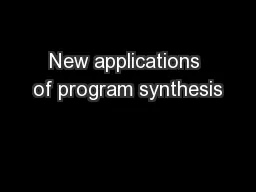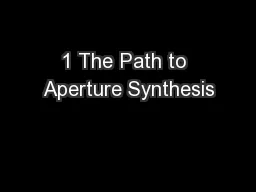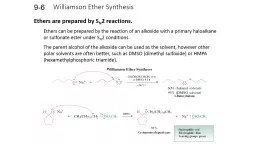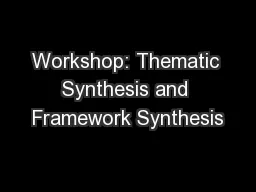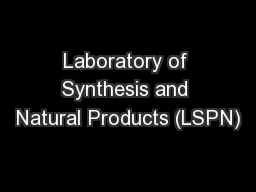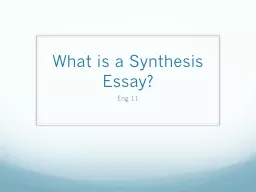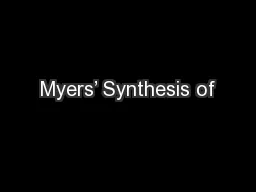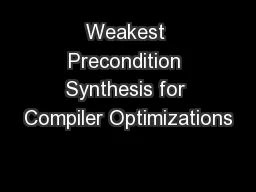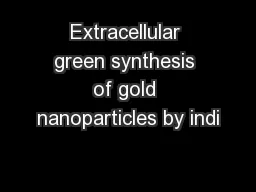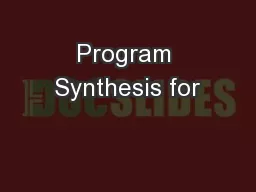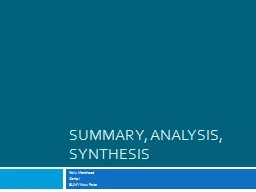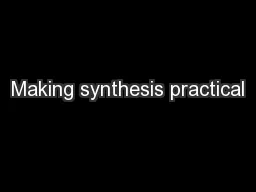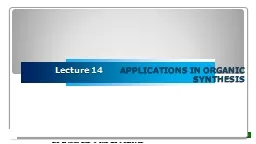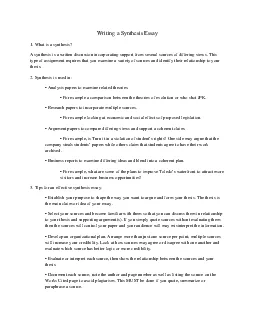PPT-New applications of program synthesis
Author : faustina-dinatale | Published Date : 2017-06-24
Armando SolarLezama Synthesis 1980s view Complete Formal Specification Synthesis modern view Space of programs Reference Implementation Test Harnesses InputOutput
Presentation Embed Code
Download Presentation
Download Presentation The PPT/PDF document "New applications of program synthesis" is the property of its rightful owner. Permission is granted to download and print the materials on this website for personal, non-commercial use only, and to display it on your personal computer provided you do not modify the materials and that you retain all copyright notices contained in the materials. By downloading content from our website, you accept the terms of this agreement.
New applications of program synthesis: Transcript
Download Rules Of Document
"New applications of program synthesis"The content belongs to its owner. You may download and print it for personal use, without modification, and keep all copyright notices. By downloading, you agree to these terms.
Related Documents

